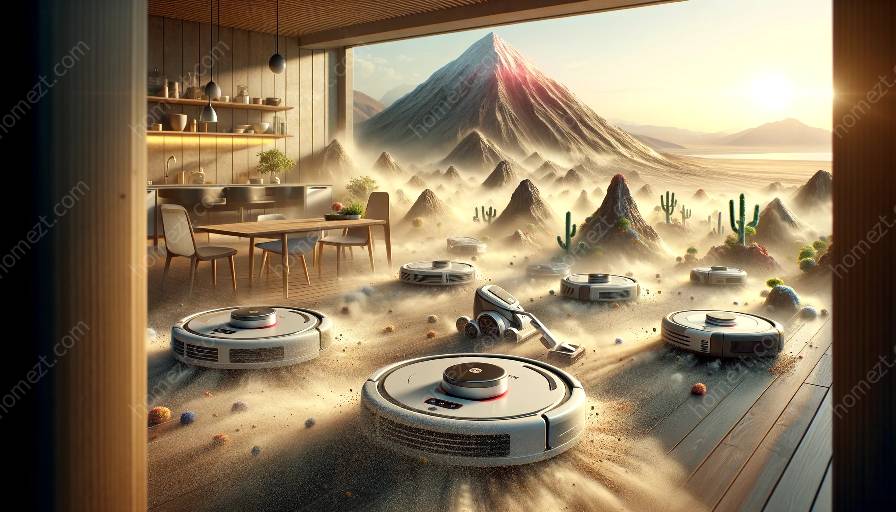Dust and dirt accumulation in our living spaces is a common concern, and the use of robotic cleaners has proven to be a convenient solution. Understanding the mechanisms of dust and dirt collection in the context of robotic cleaners is crucial to comprehend how these devices efficiently maintain clean environments.
The Importance of Dust and Dirt Collection Mechanisms in Robotic Cleaners
Robotic cleaners, commonly known as robot vacuums, have gained popularity due to their ability to autonomously navigate and clean indoor spaces. To effectively perform their cleaning tasks, these devices utilize specific mechanisms for dust and dirt collection. These mechanisms play a crucial role in the overall performance and efficiency of robotic cleaners, making them valuable tools for maintaining clean and sanitary living environments.
Dust and Dirt Collection Mechanisms
1. Filtration Systems: Robotic cleaners are equipped with various filtration systems designed to capture dust and dirt particles. High-efficiency particulate air (HEPA) filters are commonly used to trap fine particles, ensuring that the expelled air is clean. Additionally, some devices employ multi-stage filtration processes, which effectively capture debris of different sizes.
2. Suction Power: The suction power of robotic cleaners plays a critical role in collecting dust and dirt from different surfaces such as carpets, hardwood floors, and tiles. These devices utilize powerful motors and advanced suction mechanisms to lift and deposit debris into their collection chambers.
3. Brush Systems: Many robotic cleaners utilize brush systems, including side brushes and main brush rollers, to dislodge and agitate dust and dirt from various surfaces. These brushes help loosen debris, making it easier for the device to capture and collect particles during the cleaning process.
4. Smart Navigation and Mapping: Some advanced robotic cleaners feature smart navigation and mapping capabilities, which enable them to systematically cover and clean a designated area. By efficiently navigating through the space and employing intelligent cleaning patterns, these devices effectively collect dust and dirt from the entire floor surface.
Application of Dust and Dirt Collection Mechanisms in Robotic Cleaners
The integration of advanced dust and dirt collection mechanisms significantly contributes to the effectiveness and efficiency of robotic cleaners. By utilizing these mechanisms, robotic cleaners can achieve thorough and comprehensive cleaning results, ensuring that indoor spaces remain free from dust, dirt, and other contaminants. The application of these mechanisms also enhances the overall user experience, as users can rely on the consistent performance of their robotic cleaners to maintain clean and healthy living environments.
Conclusion
Understanding the intricacies of dust and dirt collection mechanisms in the context of robotic cleaners sheds light on the technological advancements that drive the effectiveness of these devices. By embracing innovative filtration systems, powerful suction mechanisms, and intelligent cleaning strategies, robotic cleaners continue to revolutionize the way we approach household cleaning, offering unparalleled convenience and efficiency in maintaining clean and pristine living spaces.





















